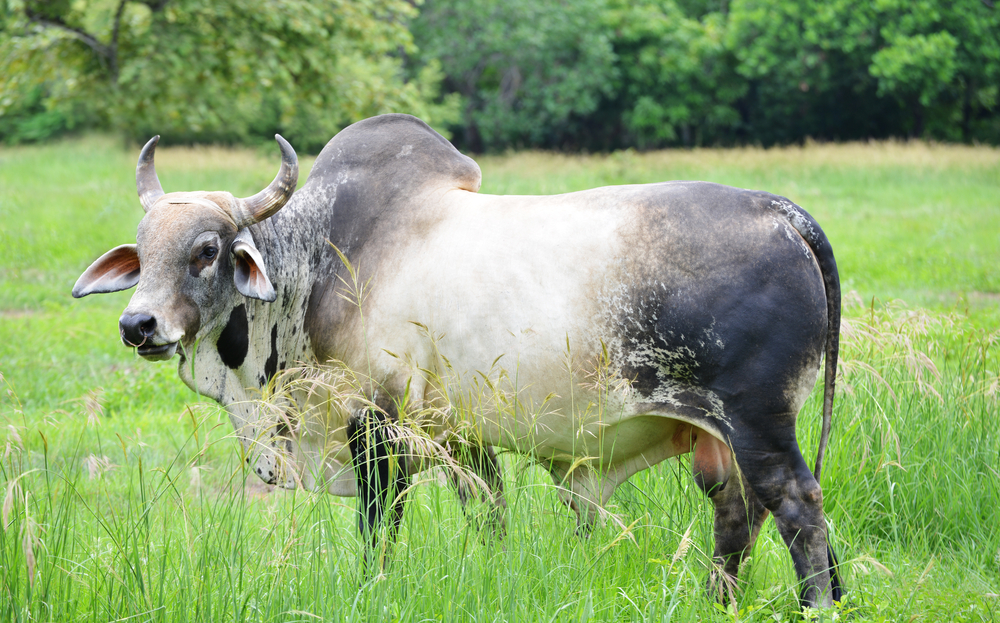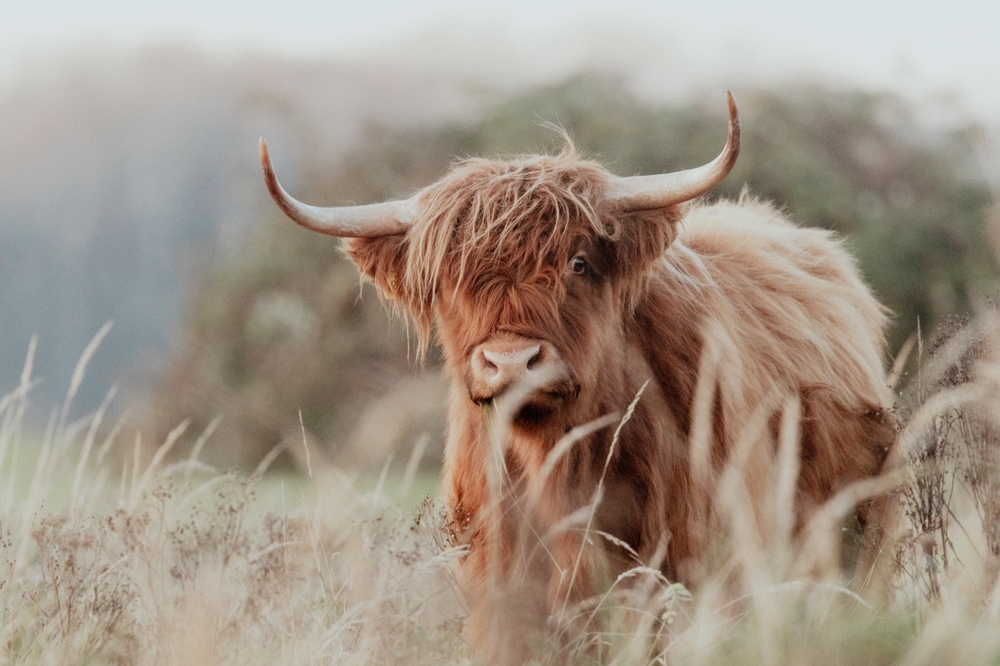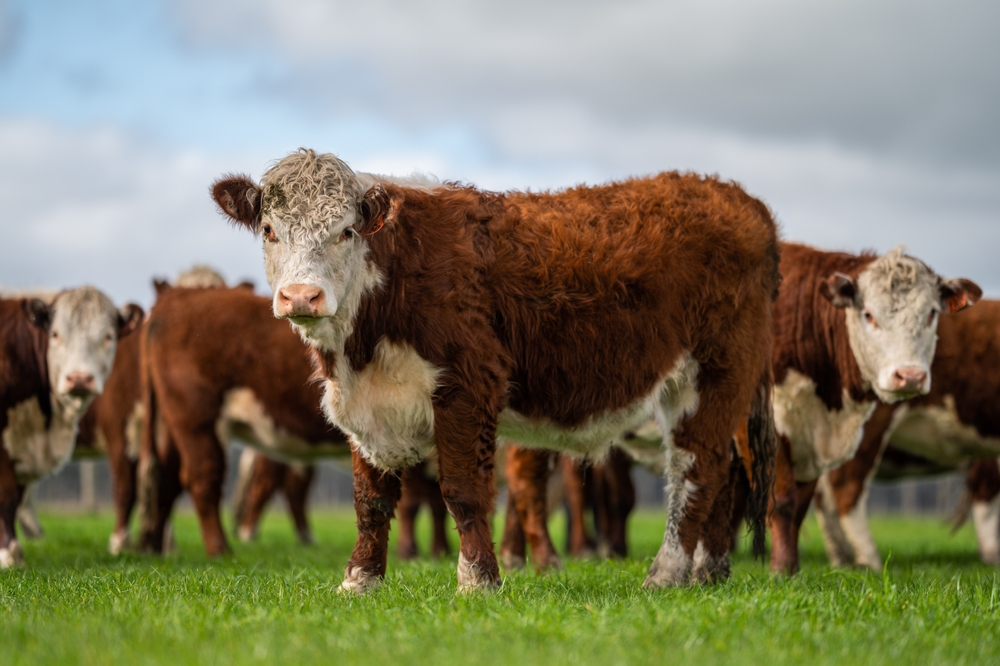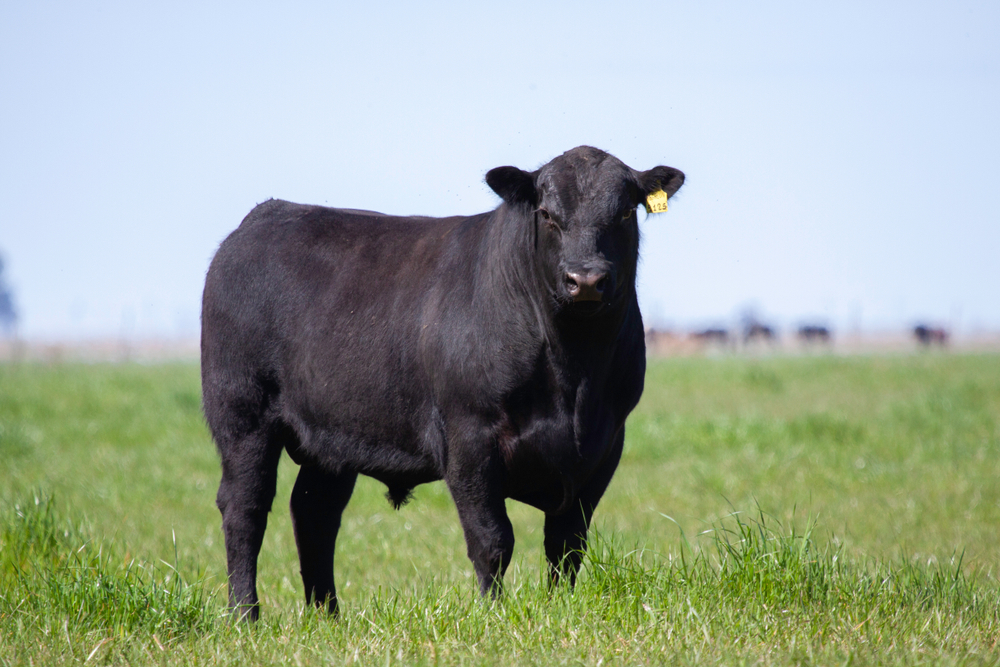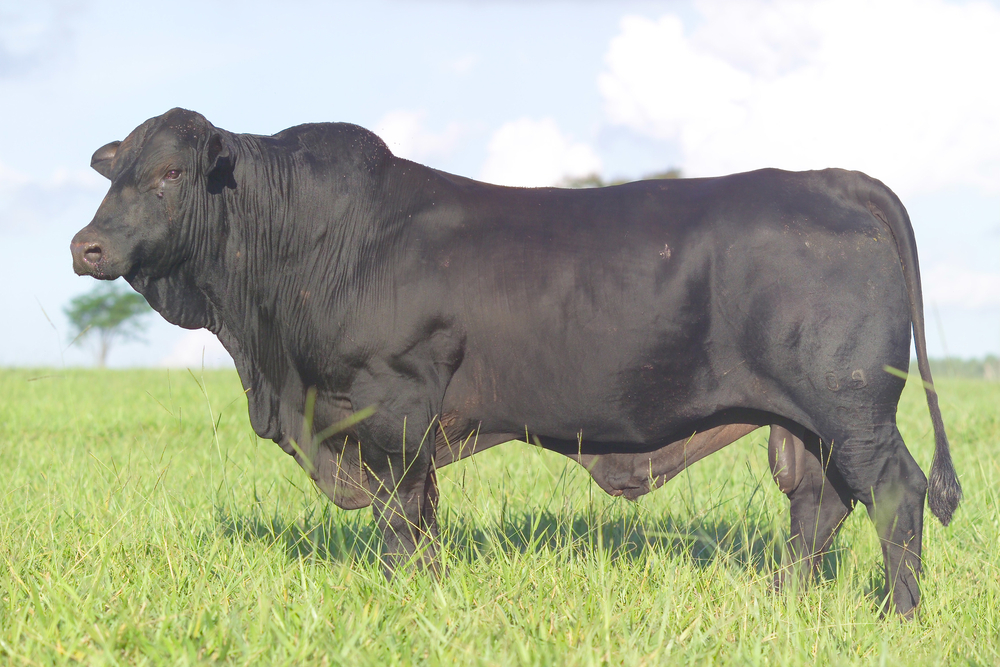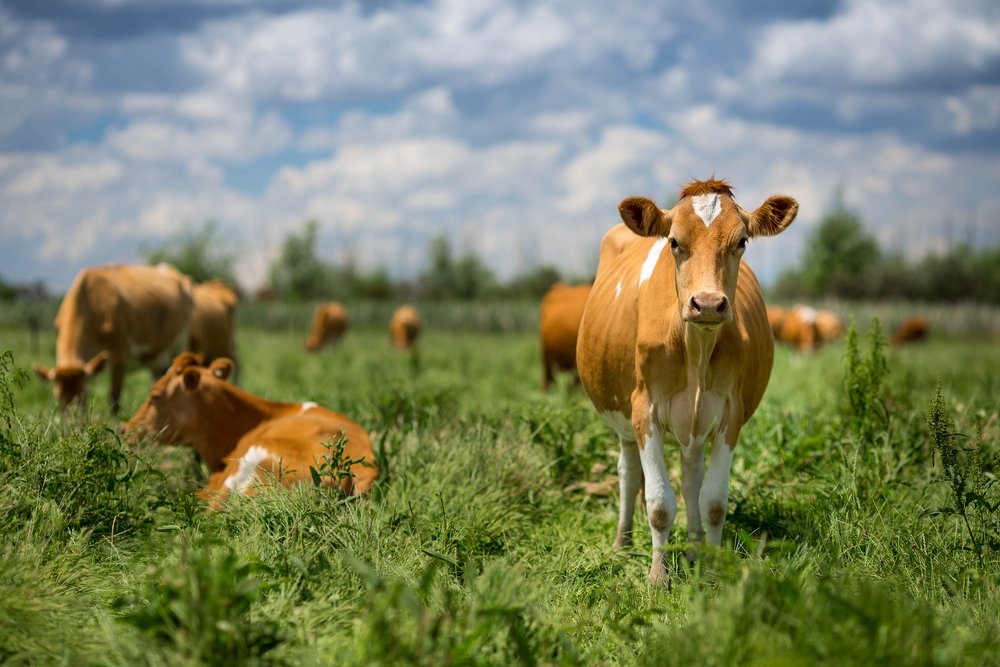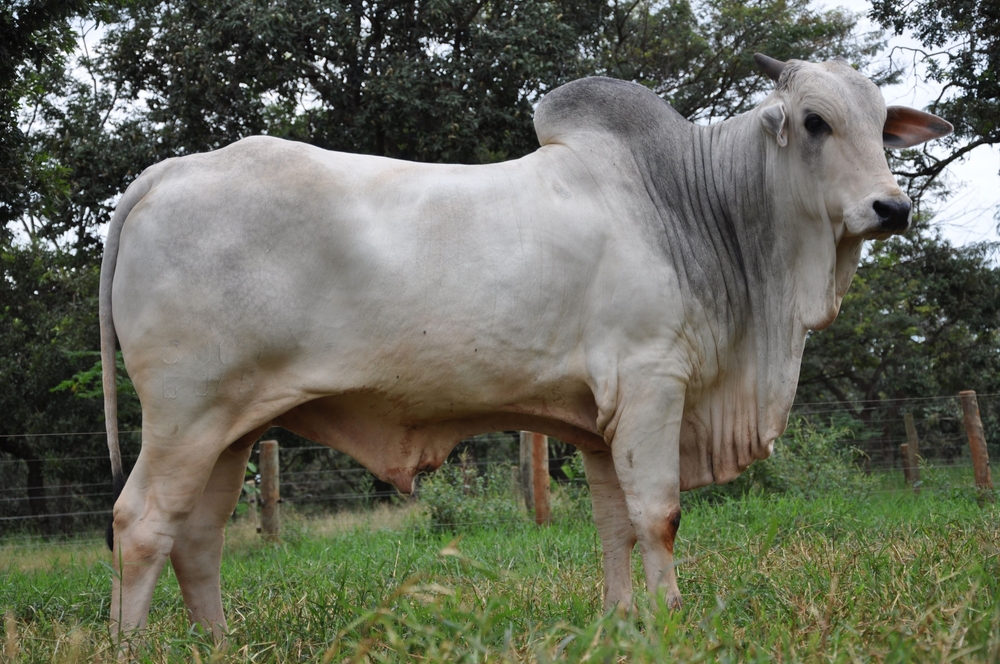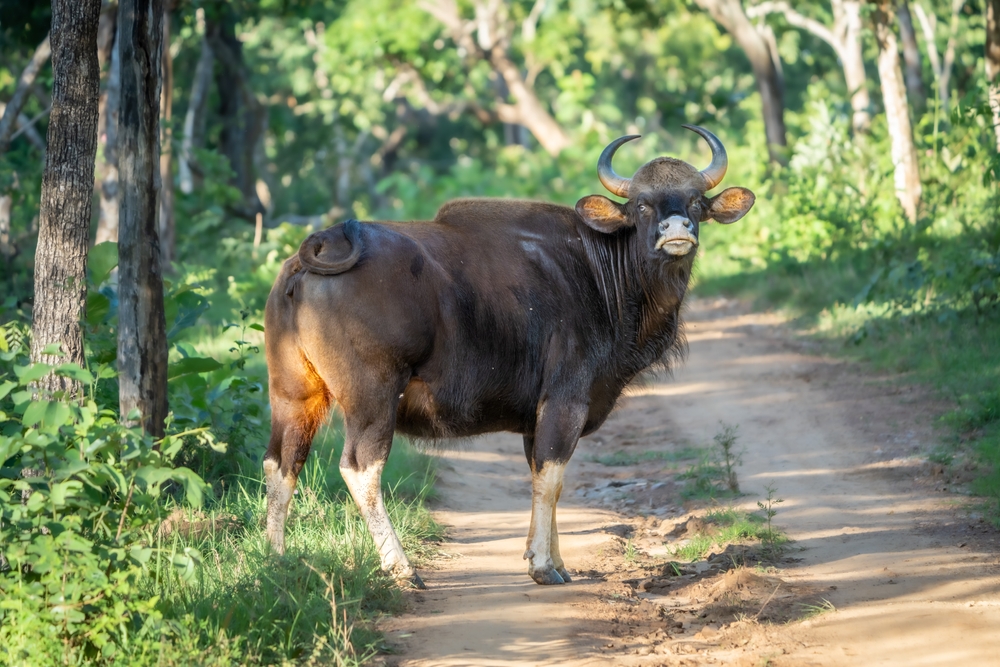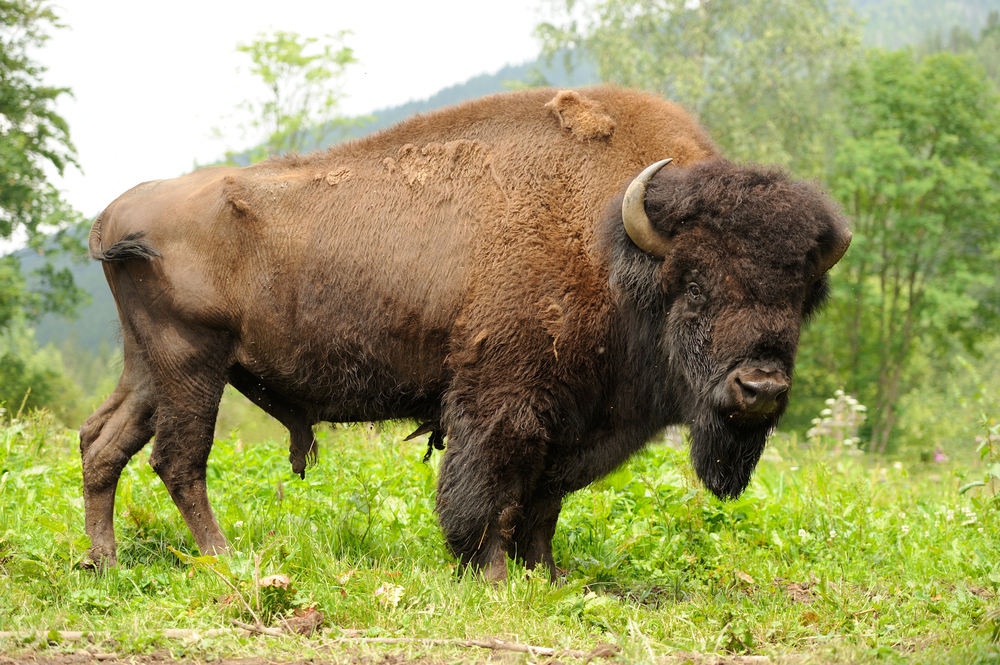The Jersey (Bos taurus) is one of the most distinctive and economically important dairy breeds, known for traits that set it apart from others:
-
Exceptional Milk Quality: Produces milk with high butterfat (average 4.8–5.4%) and protein levels, making it ideal for premium products such as butter, cream, and specialty cheeses.
-
Feed Efficiency: Smaller body size and efficient metabolism mean Jerseys produce more milk per unit of body weight and feed than most other dairy breeds.
-
Early Maturity & Fertility: Reach breeding age earlier than many cattle breeds and are known for high conception rates.
-
Calving Ease: Small birth weights and favorable pelvic structure lead to very low calving difficulty, even for first-calf heifers.
-
Adaptability: Thrive in both intensive dairy systems and pasture-based operations across a wide range of climates.
-
Distinct Appearance: Characteristic light fawn to deep brown coloring, dark eyes, and dished face give the breed a refined and gentle look.
-
Long Dairy Heritage: Originated on the Island of Jersey in the English Channel, maintaining a pure breed standard for centuries.
Jerseys’ combination of efficiency, rich milk quality, and adaptability has made them a favorite among both large-scale dairies and small specialty milk producers worldwide.




































































